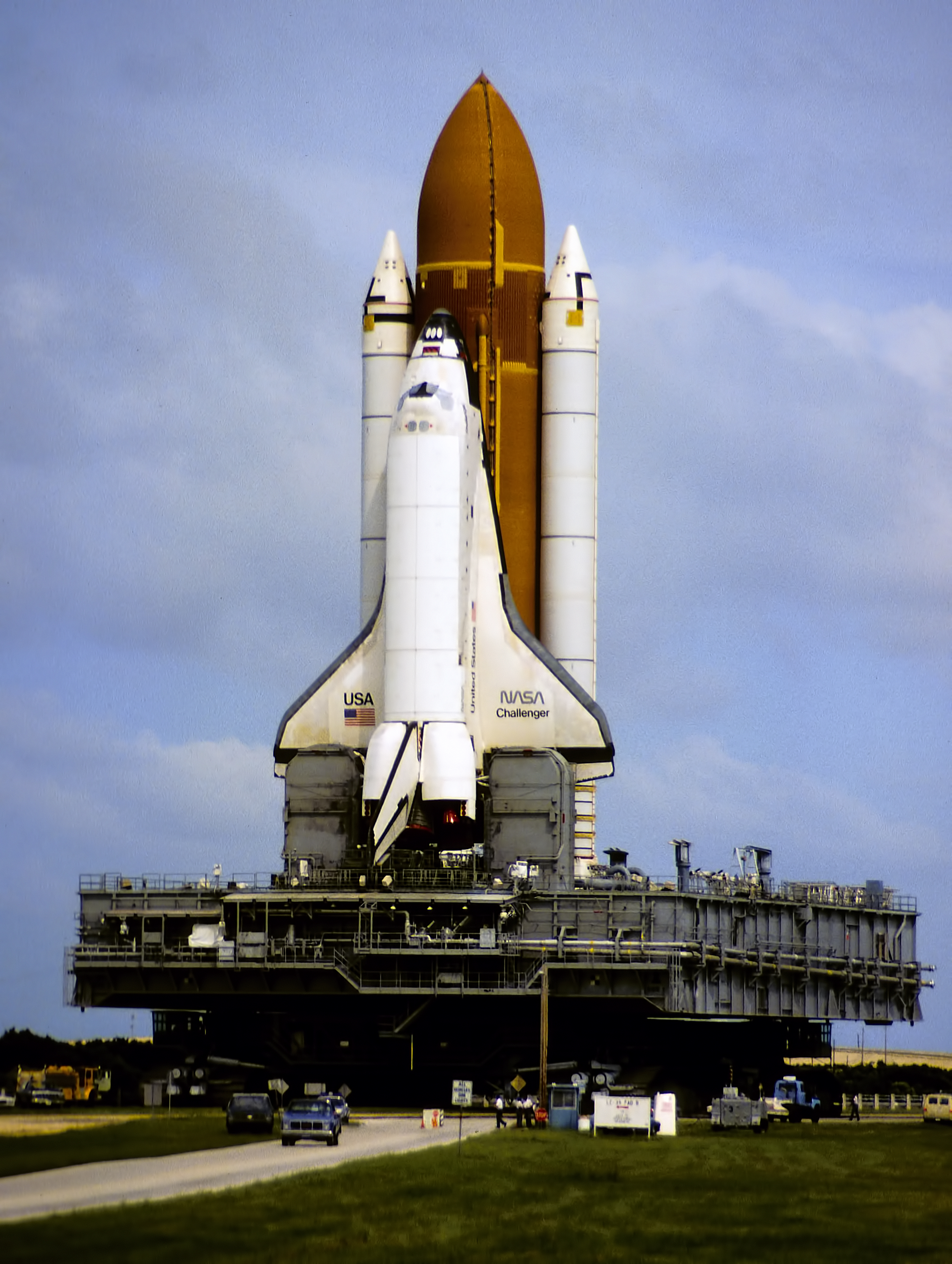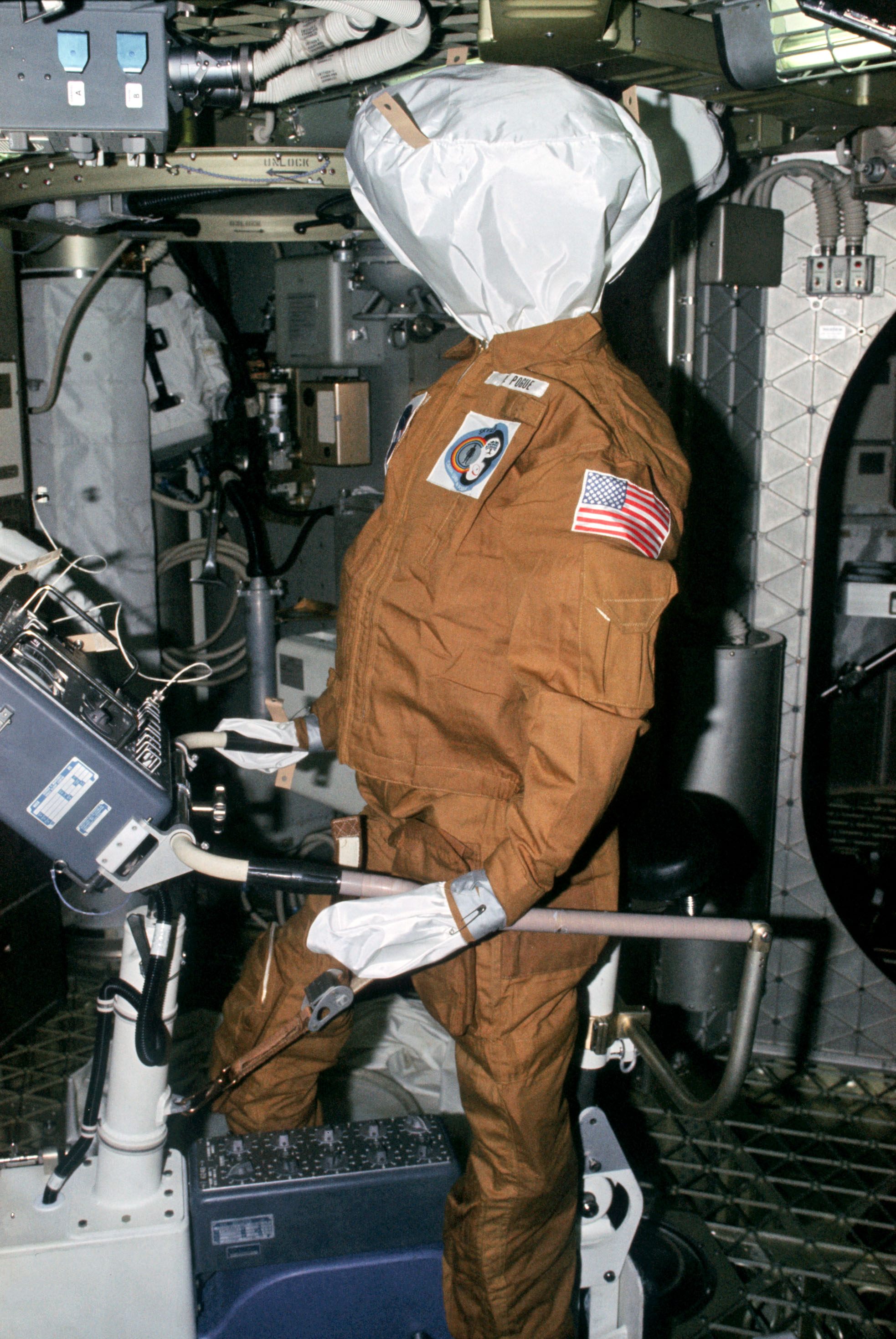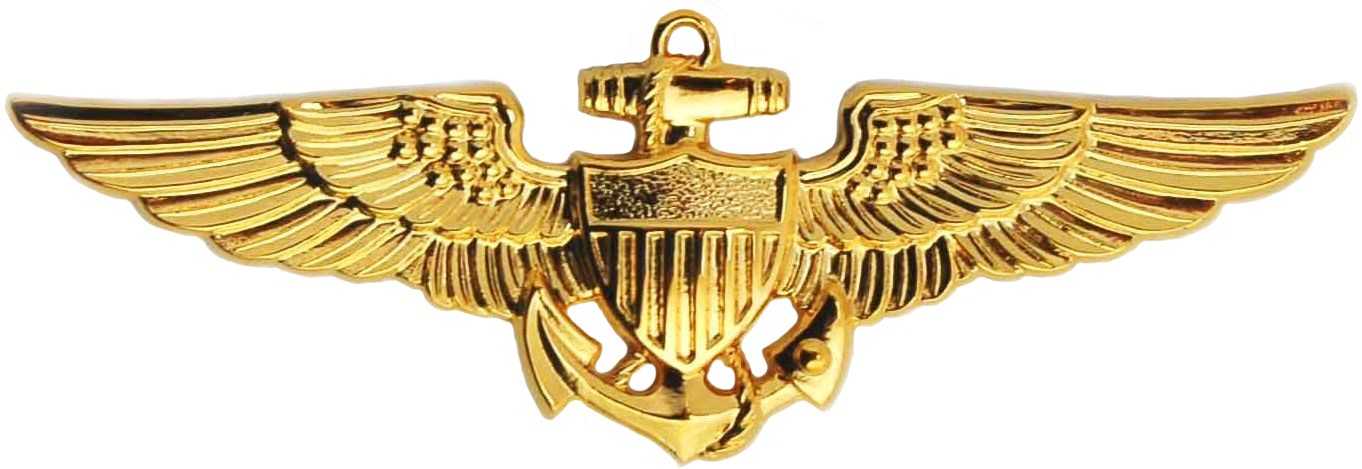|
Don Leslie Lind
Don Leslie Lind (May 18, 1930 – August 30, 2022) was an American scientist, naval officer, aviator, and NASA astronaut. He graduated from the University of Utah with an undergraduate degree in physics in 1953. Following his military service obligation, he earned a PhD in high-energy nuclear physics from the University of California, Berkeley in 1964. Lind was a Naval Aviator and attained the rank of Commander in the United States Naval Reserve. After completing his doctorate, Lind worked at NASA's Goddard Research Center from 1964 to 1966. Selected with Astronaut Group 5 in 1966, he helped to develop the Apollo 11 EVA activities, and served as CAPCOM for the Apollo 11 and Apollo 12 missions. Lind was then assigned as backup Pilot for Skylab 3 and Skylab 4 and would have flown on Skylab Rescue. Lind was the Payload Commander on his only flight, STS-51-B, launched April 29, 1985. He designed an experiment to capture the Earth's aurora. The payload experiments consisted primaril ... [...More Info...] [...Related Items...] OR: [Wikipedia] [Google] [Baidu] |
NASA
The National Aeronautics and Space Administration (NASA ) is an independent agency of the US federal government responsible for the civil space program, aeronautics research, and space research. NASA was established in 1958, succeeding the National Advisory Committee for Aeronautics (NACA), to give the U.S. space development effort a distinctly civilian orientation, emphasizing peaceful applications in space science. NASA has since led most American space exploration, including Project Mercury, Project Gemini, the 1968-1972 Apollo Moon landing missions, the Skylab space station, and the Space Shuttle. NASA supports the International Space Station and oversees the development of the Orion spacecraft and the Space Launch System for the crewed lunar Artemis program, Commercial Crew spacecraft, and the planned Lunar Gateway space station. The agency is also responsible for the Launch Services Program, which provides oversight of launch operations and countdown management f ... [...More Info...] [...Related Items...] OR: [Wikipedia] [Google] [Baidu] |
Physics
Physics is the natural science that studies matter, its fundamental constituents, its motion and behavior through space and time, and the related entities of energy and force. "Physical science is that department of knowledge which relates to the order of nature, or, in other words, to the regular succession of events." Physics is one of the most fundamental scientific disciplines, with its main goal being to understand how the universe behaves. "Physics is one of the most fundamental of the sciences. Scientists of all disciplines use the ideas of physics, including chemists who study the structure of molecules, paleontologists who try to reconstruct how dinosaurs walked, and climatologists who study how human activities affect the atmosphere and oceans. Physics is also the foundation of all engineering and technology. No engineer could design a flat-screen TV, an interplanetary spacecraft, or even a better mousetrap without first understanding the basic laws of physic ... [...More Info...] [...Related Items...] OR: [Wikipedia] [Google] [Baidu] |
Edwards Air Force Base
Edwards Air Force Base (AFB) is a United States Air Force installation in California. Most of the base sits in Kern County, but its eastern end is in San Bernardino County and a southern arm is in Los Angeles County. The hub of the base is Edwards, California. The base was named after World War II USAAF veteran and test pilot Capt. Glen Edwards in 1950; prior to then the facility was named Muroc Air Force Base. It is the home of the Air Force Test Center, Air Force Test Pilot School, and NASA's Armstrong Flight Research Center. It is the Air Force Materiel Command center for conducting and supporting research and development of flight, as well as testing and evaluating aerospace systems from concept to combat. It also hosts many test activities conducted by America's commercial aerospace industry. Notable occurrences at Edwards include Chuck Yeager's flight that broke the sound barrier in the Bell X-1, test flights of the North American X-15, the first landings of the S ... [...More Info...] [...Related Items...] OR: [Wikipedia] [Google] [Baidu] |
Space Shuttle Challenger
Space Shuttle ''Challenger'' (OV-099) was a Space Shuttle orbiter manufactured by Rockwell International and operated by NASA. Named after the commanding ship of a nineteenth-century scientific expedition that traveled the world, ''Challenger'' was the second Space Shuttle orbiter to fly into space after '' Columbia'', and launched on its maiden flight in April 1983. It was destroyed in January 1986 soon after launch in an accident that killed all seven crewmembers aboard. Initially manufactured as a test article not intended for spaceflight, it was utilized for ground testing of the Space Shuttle orbiter's structural design. However, after NASA found that their original plan to upgrade ''Enterprise'' for spaceflight would be more expensive than upgrading ''Challenger'', the orbiter was pressed into operational service in the Space Shuttle program. Lessons learned from the first orbital flights of ''Columbia'' led to ''Challenger''s design possessing fewer thermal protectio ... [...More Info...] [...Related Items...] OR: [Wikipedia] [Google] [Baidu] |
Skylab Rescue
The Skylab Rescue Mission (also SL-R)Mission Requirements, Skylab Rescue Mission, SL-R NASA, 24 August 1973. was an unflown rescue mission, planned as a contingency in the event of astronauts being stranded aboard the American Skylab space station.Wade, Mark.Skylab Rescue". ''Encyclopedia Astronautica''. Retrieved 2009-04-10. If flown, it would have used a modified Apollo Command Module that could be launched with a crew of two and return a crew of five. Astronauts Vance Brand and Don Lind were assigned as the rescue crew, in the event of the mission's necessity. A rescue mission was considered when the Skylab 3 Command/Service Module (CSM) developed problems in its reaction control system (RCS) thrusters while docked to the station. On the ground, space vehicles were assembled to fly rescue missions in support of both Skylab 3 and Skylab 4. However, no rescue mission ever proved necessary. All astronauts visiting Skylab returned safely to Earth in their original command mod ... [...More Info...] [...Related Items...] OR: [Wikipedia] [Google] [Baidu] |
Skylab 4
Skylab 4 (also SL-4 and SLM-3) was the third crewed Skylab mission and placed the third and final human spaceflight, crew aboard the first American space station. The mission began on November 16, 1973, with the launch of Gerald P. Carr, Edward Gibson, and William R. Pogue in an Apollo command and service module on a Saturn IB rocket from the Kennedy Space Center, Florida, and lasted 84 days, one hour and 16 minutes. A total of 6,051 astronaut-utilization hours were tallied by the Skylab 4 astronauts performing scientific experiments in the areas of medical activities, solar observations, Earth resources, observation of the Comet Kohoutek and other experiments. The crewed Skylab missions were officially designated Skylab 2, Skylab 3, 3, and 4. Miscommunication about the numbering resulted in the mission emblems reading "Skylab I", "Skylab II", and "Skylab 3" respectively. Launch NASA's launch center was located in an area called Cape Kennedy since May 15, 1964. Cape Kennedy wa ... [...More Info...] [...Related Items...] OR: [Wikipedia] [Google] [Baidu] |
Skylab 3
Skylab 3 (also SL-3 and SLM-2) was the second crewed mission to the first American space station, Skylab. The mission began on July 28, 1973, with the launch of NASA astronauts Alan Bean, Owen Garriott, and Jack Lousma in the Apollo command and service module on the Saturn IB rocket, and lasted 59 days, 11 hours and 9 minutes. A total of 1,084.7 astronaut-utilization hours were tallied by the Skylab 3 crew performing scientific experiments in the areas of medical activities, solar observations, Earth resources, and other experiments. The crewed Skylab missions were officially designated Skylab 2, 3, and 4. Miscommunication about the numbering resulted in the mission emblems reading "Skylab I", "Skylab II", and "Skylab 3" respectively. Crew Backup crew Support crew *Robert L. Crippen * Henry W. Hartsfield, Jr * Karl G. Henize * F. Story Musgrave *William E. Thornton * Richard H. Truly Mission parameters *Mass: about *Maximum Altitude: 440 km *Distance: 24.5 m ... [...More Info...] [...Related Items...] OR: [Wikipedia] [Google] [Baidu] |
Apollo 12
Apollo 12 (November 14–24, 1969) was the sixth crewed flight in the United States Apollo program and the second to land on the Moon. It was launched on November 14, 1969, by NASA from the Kennedy Space Center, Florida. Commander Pete Conrad, Charles "Pete" Conrad and Lunar Module Pilot Alan Bean, Alan L. Bean performed just over one day and seven hours of lunar surface activity while Command Module Pilot Richard F. Gordon Jr., Richard F. Gordon remained in lunar orbit. Apollo 12 would have attempted the first lunar landing had Apollo 11 failed, but after the success of Neil Armstrong's mission, Apollo 12 was postponed by two months, and other Apollo missions also put on a more relaxed schedule. More time was allotted for geologic training in preparation for Apollo 12 than for Apollo 11, Conrad and Bean making several geology field trips in preparation for their mission. Apollo 12's spacecraft and launch vehicle were almost identical to Apollo 11's. One addition was hammocks ... [...More Info...] [...Related Items...] OR: [Wikipedia] [Google] [Baidu] |
Apollo 11
Apollo 11 (July 16–24, 1969) was the American spaceflight that first landed humans on the Moon. Commander Neil Armstrong and lunar module pilot Buzz Aldrin landed the Apollo Lunar Module ''Eagle'' on July 20, 1969, at 20:17 UTC, and Armstrong became the first person to step onto the Moon's surface six hours and 39 minutes later, on July 21 at 02:56 UTC. Aldrin joined him 19 minutes later, and they spent about two and a quarter hours together exploring the site they had named Tranquility Base upon landing. Armstrong and Aldrin collected of lunar material to bring back to Earth as pilot Michael Collins flew the Command Module ''Columbia'' in lunar orbit, and were on the Moon's surface for 21 hours, 36 minutes before lifting off to rejoin ''Columbia''. Apollo 11 was launched by a Saturn V rocket from Kennedy Space Center on Merritt Island, Florida, on July 16 at 13:32 UTC, and it was the fifth crewed mission of NASA's Apollo program. The Apollo spacecraft had three ... [...More Info...] [...Related Items...] OR: [Wikipedia] [Google] [Baidu] |
Astronaut Group 5
NASA Astronaut Group 5 was a group of nineteen astronauts selected by NASA in April 1966. Of the six Lunar Module Pilots that walked on the Moon, three came from Group 5. The group as a whole is roughly split between the half who flew to the Moon (nine in all), and the half who flew Skylab and Space Shuttle, providing the core of Shuttle commanders early in that program. This group is also distinctive in being the only time when NASA hired a person into the astronaut corps who had already earned astronaut wings, X-15 pilot Joe Engle. John Young labeled the group the Original Nineteen in parody of the original Mercury Seven astronauts. Background The launch of the Sputnik 1 satellite by the Soviet Union on October 4, 1957, started a Cold War technological and ideological competition with the United States known as the Space Race. The demonstration of American technological inferiority came as a profound shock to the American public. In response to the Sputnik crisis, althoug ... [...More Info...] [...Related Items...] OR: [Wikipedia] [Google] [Baidu] |
United States Naval Aviator
A naval aviator is a commissioned officer or warrant officer qualified as a crewed aircraft pilot in the United States Navy or United States Marine Corps. United States Coast Guard crewed aircraft pilots are officially designated as "Coast Guard aviators", although they complete the same undergraduate flight training as Navy and Marine Corps crewed aircraft pilots, and are awarded the same aviation breast insignia. Naming conventions In the U.S. Navy, most naval aviators are unrestricted line officers (URL), eligible for command at sea; however, a small number of former senior enlisted personnel subsequently commissioned as line limited duty officers and chief warrant officers in the aviation operations technician specialty have also been trained as naval aviators and naval flight officers. A small number of URL officers trained as naval aviators and naval flight officers who hold technical degrees at the undergraduate and/or postgraduate level may also opt to laterally transf ... [...More Info...] [...Related Items...] OR: [Wikipedia] [Google] [Baidu] |
High-energy Nuclear Physics
High-energy nuclear physics studies the behavior of nuclear matter in energy regimes typical of high-energy physics. The primary focus of this field is the study of heavy-ion collisions, as compared to lighter atoms in other particle accelerators. At sufficient collision energies, these types of collisions are theorized to produce the quark–gluon plasma. In peripheral nuclear collisions at high energies one expects to obtain information on the electromagnetic production of leptons and mesons that are not accessible in electron–positron colliders due to their much smaller luminosities. Previous high-energy nuclear accelerator experiments have studied heavy-ion collisions using projectile energies of 1 GeV/nucleon at JINR and LBNL-Bevalac up to 158 GeV/nucleon at CERN-SPS. Experiments of this type, called "fixed-target" experiments, primarily accelerate a "bunch" of ions (typically around 106 to 108 ions per bunch) to speeds approaching the speed of light (0.999' ... [...More Info...] [...Related Items...] OR: [Wikipedia] [Google] [Baidu] |



.jpg)



